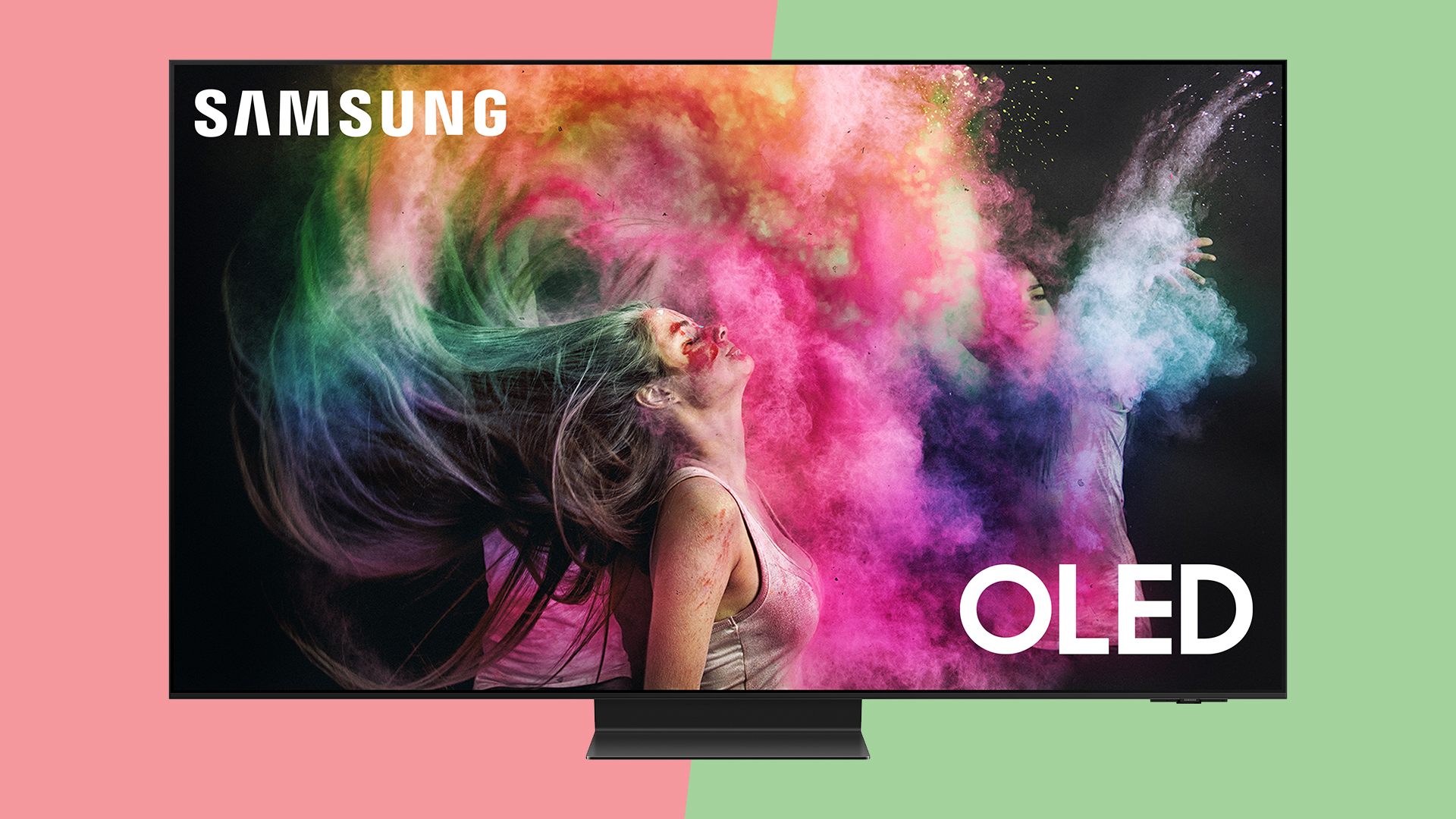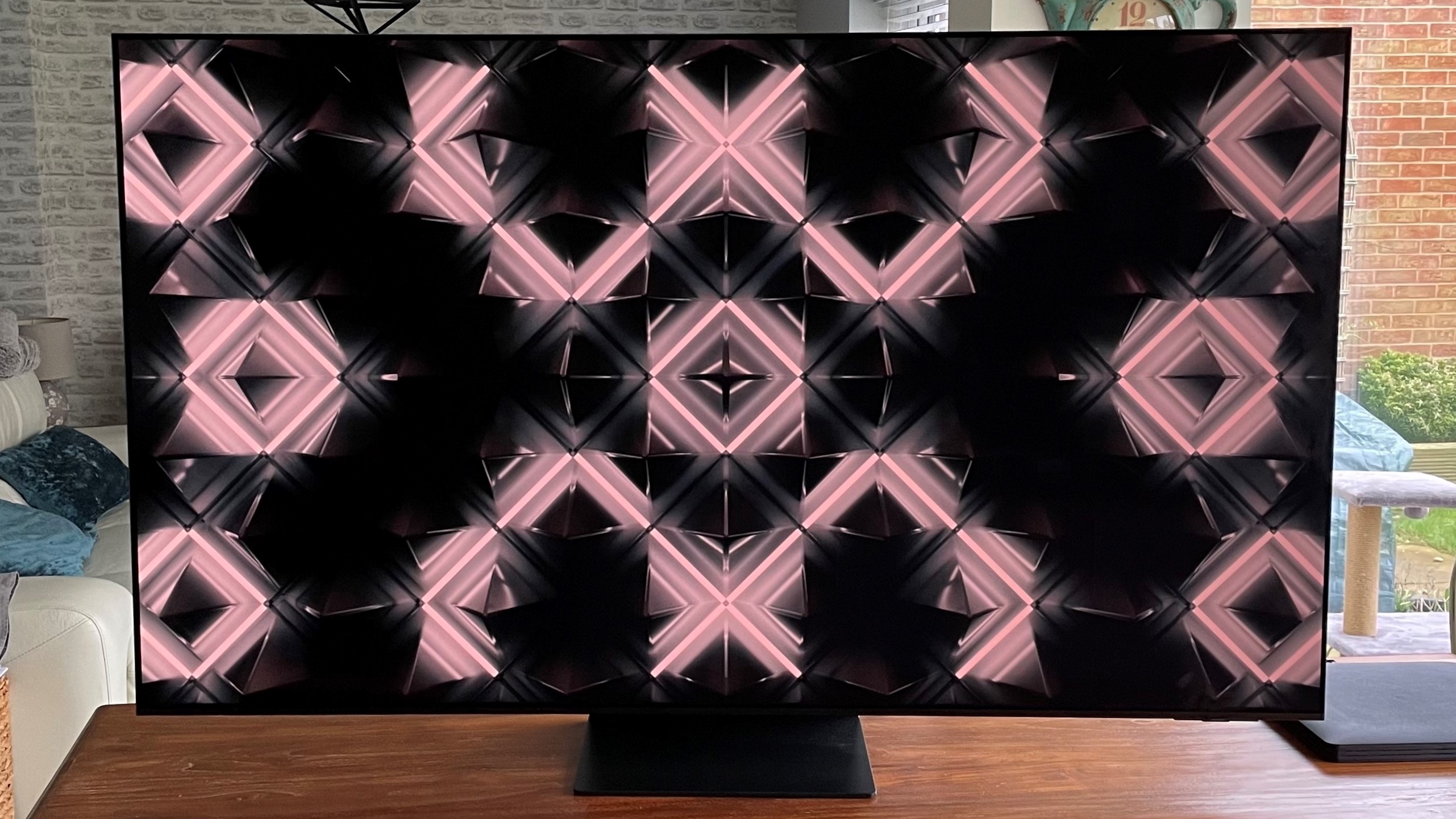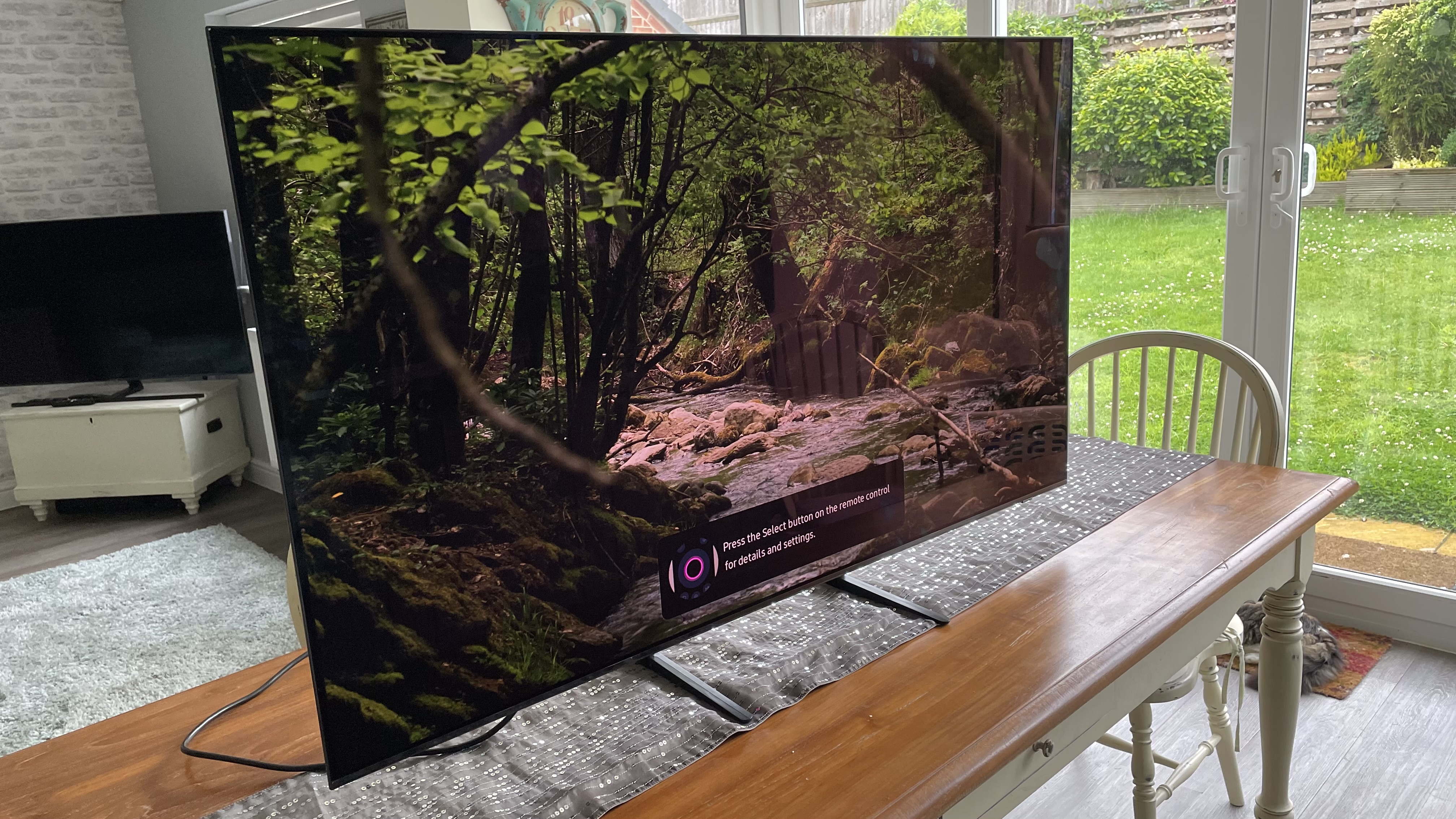Samsung's next OLED TV will cause total chaos in its lineup, and I can't work it out
Mixed-up panels, and awkward product names are a recipe for misunderstanding

When Samsung entered the world of the best OLED TVs, it was with a huge bang, in the form of the Samsung S95B – a ground-breaking all-new generation of QD-OLED tech that delivered class-leading colors and brightness (and delivered on both).
Then 2023's Samsung S95C amped all this up even further – but it's a very premium version of a very premium TV technology. So the company also introduced the more affordable Samsung S90C, which isn't quite as bright, but is a phenomenal TV overall, though still pretty premium.
I've been closely following the long-running rumors that Samsung would also start using regular OLED tech, as opposed to QD-OLED, for a cheaper range of OLED TVs. And as of the last few weeks, Samsung has indeed starting using regular OLED panels.
Except Samsung is not making just a cheaper line of TVs with a less high-end panel. Instead, it's mixing a model with a regular OLED panel in with the QD-OLED models in the S90C range, even though they perform differently. That's going to confuse people already.
But then we heard that Samsung is planning to launch a regular OLED panel in a different size, but with an all-new third model name, the Samsung S89C (or S85C).
This would be the most chaotic and hard-to-parse approach to a TV range I've seen in years, and this is televisions we're talking about. They're differentiated only by garbled numbers and letters at the best of times, but usually in a way where those of us who've been following the industry for years are able to describe the differences pretty easily.
But Samsung's new range clearly wants to break that. Let's try to break it down.
Sign up for breaking news, reviews, opinion, top tech deals, and more.
Samsung S95C: the easy one

Okay, the Samsung S95C is simple. It comes in three sizes – 55 inches, 65 inches and 77 inches – and all three sizes use the brightest-possible QD-OLED panel. QD-OLED means you have a 4K screen of blue/green OLED pixels, and the light from these passes through a quantum dot color filter layer to create other colors – much like how QLED TVs work. But because they're OLED pixels, each one can individually control its brightness all the way down to black, so you get an 'infinite' contrast ratio.
But the use of highly efficient quantum dots for colors means you get very high brightness levels – measured at around 1,400 nits in our Samsung S95C review – and class-leading color reproduction.
There's nothing complicated in this side of things – all the sizes deliver the same tech.
Samsung S90C: it's getting weird

The Samsung S90C's original pitch was that it brings QD-OLED for a cheaper price. Available in the same 55-inch, 65-inch and 77-inch sizes as the S95C, it cuts back on the fancier features and performance. We measured peak brightness at around 1,100 nits in our five-star Samsung S90C review, rather than the 1,400 nits of the S95C. It comes with a less elaborate speaker array (but still better than average), and it has a thicker design, because it doesn't have the S95C's clever external One Connect box for hiding all of its cables away from the screen.
Originally, that all made sense. Then came the 83-inch Samsung S90C. Currently, it's not possible to make QD-OLED screens in this size, but the best 85-inch TVs are a massively popular option. So Samsung turned to regular OLED panels for this one size, and that's where things get dicey, because there's no way it's as bright as the QD-OLED panels in the S90C's other sizes, or as colorful.
We haven't tested the 83-inch S90C to confirm this at the time of writing, but I can still say this with confidence. You see, there's only one 83-inch OLED screen being made today, so there's no real mystery over how it will perform. It's the one used in the LG C3, which was the same as the one in the LG C2, actually. And the Sony A80L, now that you mention it.
We've tested these TVs before, and the color reproduction is strong, but not as dazzling as the Samsung QD-OLEDs'. And in our LG C3 review, we measured the brightness at around 830 nits – that was for the 65-inch version, but the 83-inch performs basically the same.
That's a pretty major swing from the 1,100 nits of brightness of the other S90C models. You will absolutely be able to see the difference there, in the clarity and pop of white tones in particular, but also in the overall vibrancy of color. And yet, being 83 inches, it's the most expensive one in the S90C range.
Samsung S89C: wait, what?
This is where the train truly leaves the tracks. The 83-inch S90C felt like it breaks the rules of OLEDs (don't mix panel types in a single model!), but I could understand why Samsung would want to do it. It has no other way to offer an 83-inch OLED TV right now, and the S90C was its more affordable OLED model, so it added it into that range. I don't like it, but I get it.
Then the news emerged that Samsung had another OLED TV certified (via FlatpanelsHD). A 77-inch TV with a regular OLED screen like the one used in the 83-inch S90C, except this one won't be called an S90C. This will apparently be called the S89C or S85C.
This is presumably because the S90C already has a 77-inch size with a QD-OLED panel, so it can't have the same model name as that. And I'm sure there's very sensible market research that says Samsung needs to offer a 77-inch OLED at a particular price, and this is how it's going to achieve it. So it's giving this slightly less high-end panel a slightly lower model number to make clear where it sits in the lineup. Which would all be very sensible too… if it weren't for the 83-inch S90C.
Why isn't the 83-inch S90C labelled as S89C too!? That would solve all the confusion!
Instead, we have regular OLED panels split across two different model names, one model name that has two different OLED panels, and a headache.
It's especially frustrating because after its phenomenal performance in the QD-OLED models, the Samsung S90C is going to rank highly in our list of the best TVs… but the fact that we'll have to fill every recommendation we make with caveats about the 83-inch model is infuriating.
Yes, I can explain what's going on when I have 1,000 words and a load of time – but it needs to be simpler and clearer. Samsung shouldn't be in a position where someone might recommend the 55-inch S90C to a friend, who then spends huge sums on the 83-inch S90C version and ends up disappointed with the brightness and colors of the TV they buy. Not when it could just tweak some product numbers and avoid all of this confusion.

Matt is TechRadar's Managing Editor for Entertainment, meaning he's in charge of persuading our team of writers and reviewers to watch the latest TV shows and movies on gorgeous TVs and listen to fantastic speakers and headphones. It's a tough task, as you can imagine. Matt has over a decade of experience in tech publishing, and previously ran the TV & audio coverage for our colleagues at T3.com, and before that he edited T3 magazine. During his career, he's also contributed to places as varied as Creative Bloq, PC Gamer, PetsRadar, MacLife, and Edge. TV and movie nerdism is his speciality, and he goes to the cinema three times a week. He's always happy to explain the virtues of Dolby Vision over a drink, but he might need to use props, like he's explaining the offside rule.